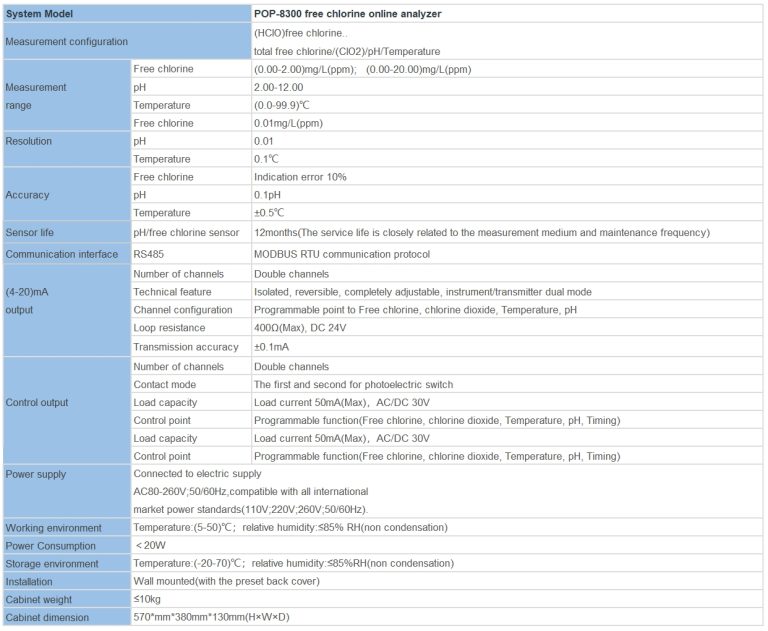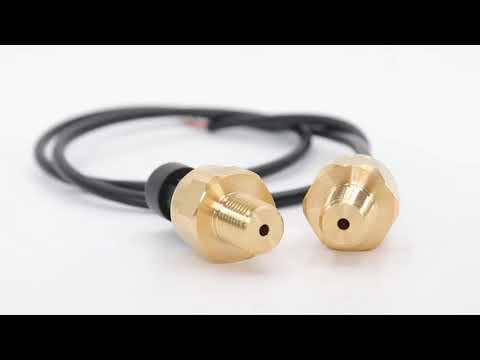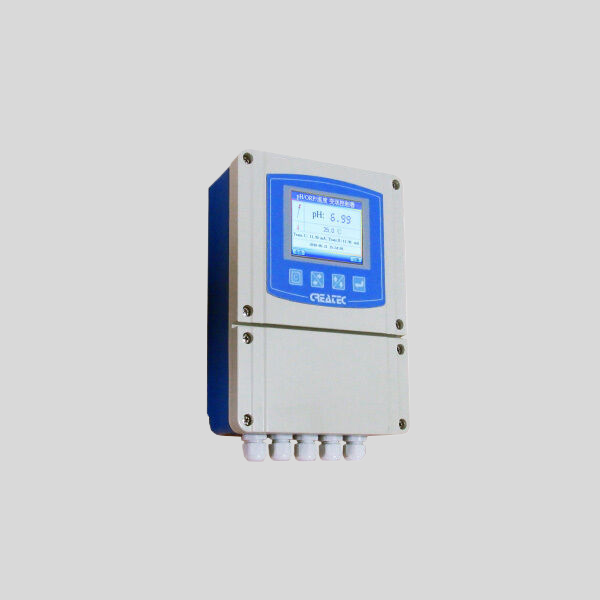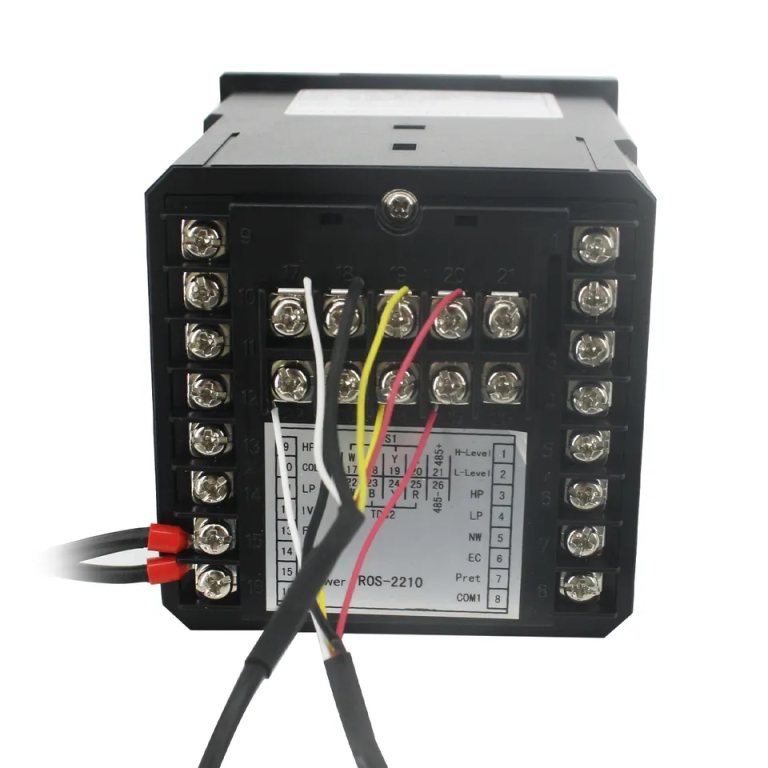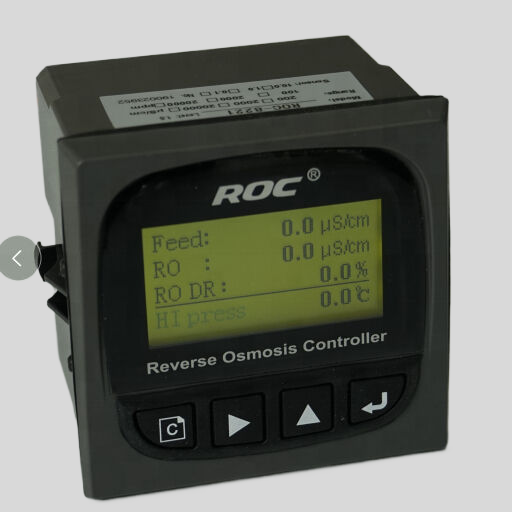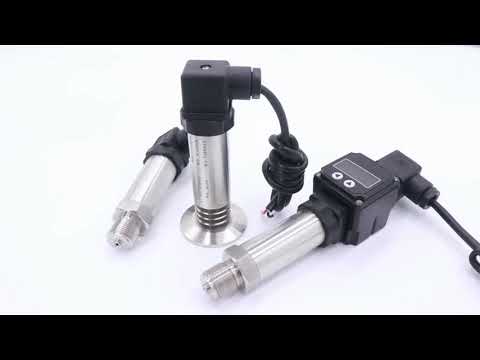Analyzing the Conductivity Range of Drinking Water
Water is an essential element for life, and the quality of the water we consume can have a significant impact on our health. One important factor to consider when assessing the quality of drinking water is its conductivity. Conductivity is a measure of how well water can conduct electricity, which is influenced by the presence of dissolved minerals and salts.
| Model | CCT-3300 Series Conductivity Online Controller |
| Constant | 0.01cm-1, 0.1 cm-1, 1.0cm-1, 10.0 cm-1 |
| Conductivity | (0.5~20)mS/cm,(0.5~2,000)uS/cm, (0.5~200)uS/cm, (0.05~18.25)MQ·cm |
| TDS | (250~10,000)ppm, (0.5~1,000)ppm, (0.25~100)ppm |
| Medium Temp. | (0~50)℃ |
| Resolution | Conductivity: 0.01uS/cm, TDS:0.01ppm, Temp.: 0.1℃ |
| Accuracy | Conductivity: 1.5%(FS), Resistivity:2.0%(FS), TDS: 1.5%(FS), Temp.: +/-0.5℃ |
| Temp. compensation | (0-50)°C (with 25℃ as Standard) |
| Cable length | ≤5m(MAX) |
| mA output | Isolated (4~20)mA, Instrument / Transmitter for selection |
| Control Output | relay contact: ON/OFF, Load capacity: AC 230V/5A(Max) |
| Working Environment | Temp.(0~50)℃;Relative Humidity ≤85%RH (none condensation) |
| Storage Environment | Temp.(-20~60)℃;Relative Humidity ≤85%RH (none condensation) |
| Power Supply | CCT-3300:DC 24V; CCT-3310: AC 110V; CCT-3320: AC 220V |
| Dimension | 48mmx96mmx80mm(HxWxD) |
| Hole Size | 44mmx92mm(HxW) |
| Installation | Panel mounted, fast installation |
The conductivity of drinking water can vary depending on a variety of factors, including the source of the water, the treatment processes it has undergone, and the presence of contaminants. In general, the conductivity of drinking water is influenced by the concentration of dissolved ions, such as sodium, chloride, and bicarbonate. These ions can come from natural sources, such as rocks and soil, or from human activities, such as industrial processes and agricultural runoff.
The conductivity of drinking water is typically measured in units of microsiemens per centimeter (µS/cm) or millisiemens per centimeter (mS/cm). Pure water, which contains no dissolved ions, has a very low conductivity of around 5-50 µS/cm. However, most drinking water sources contain some level of dissolved ions, which can increase the conductivity of the water.
| Model | CIT-8800 Inductive Conductivity/Concentration Oline Controller |
| Concentration | 1.NaOH:(0~15)% or(25~50)%; 2.HNO3:(0~25)% or(36~82)%; 3.User-defined concentration curves |
| Conductivity | (500~2,000,000)uS/cm |
| TDS | (250~1,000,000)ppm |
| Temp. | (0~120)°C |
| Resolution | Conductivity: 0.01uS/cm; Concentration: 0.01%; TDS:0.01ppm, Temp.: 0.1℃ |
| Accuracy | Conductivity: (500~1000)uS/cm +/-10uS/cm; (1~2000)mS/cm+/-1.0% |
| TDS: 1.5 level, Temp.: +/-0.5℃ | |
| Temp. compensation | Range: (0~120)°C; element: Pt1000 |
| Communication port | RS485.Modbus RTU protocol |
| Analog output | Two channels isolated/ transportable (4-20)mA, Instrument / Transmitter for selection |
| Control Output | Triple channels semiconductor photoelectric switch, Programmable Switch, pulse and frequency |
| Working Environment | Temp.(0~50)℃; relative humidity <95%RH (non-condensing) |
| Storage Environment | Temp.(-20~60)℃;Relative Humidity ≤85%RH (none condensation) |
| Power Supply | DC 24V+15% |
| Protection Level | IP65 (with rear cover) |
| Dimension | 96mmx96mmx94mm(HxWxD) |
| Hole Size | 9lmmx91mm(HxW) |
The conductivity of drinking water can fall within a wide range, depending on the source and treatment processes. Generally, the conductivity of drinking water from surface sources, such as rivers and lakes, tends to be higher than that of groundwater sources, such as wells and springs. This is because surface water is more likely to come into contact with rocks and soil, which can leach minerals and salts into the water.
The conductivity of drinking water can also be influenced by treatment processes, such as filtration, disinfection, and desalination. Filtration processes can remove some dissolved ions from the water, reducing its conductivity. Disinfection processes, such as chlorination, can also affect the conductivity of water by altering the chemical composition of the water. Desalination processes, which remove salts from water, can significantly reduce its conductivity.
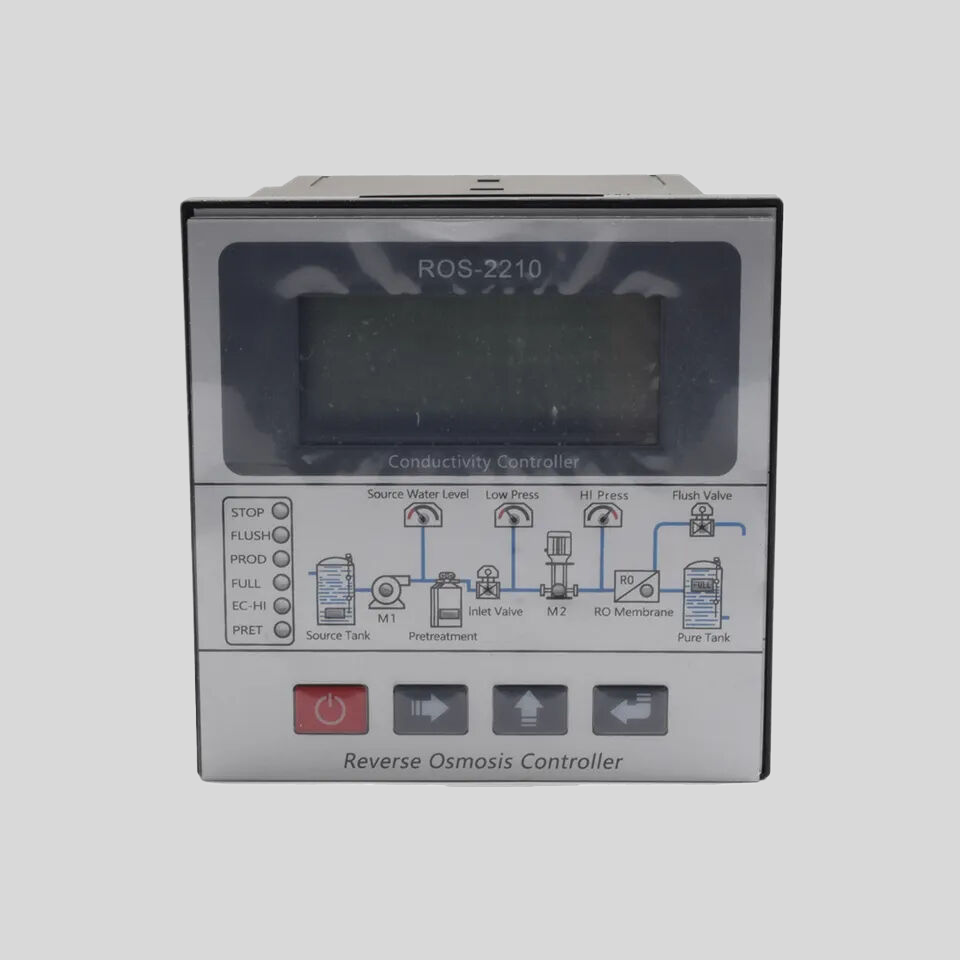
High levels of conductivity in drinking water can also indicate the presence of contaminants, such as heavy metals, pesticides, and industrial chemicals. These contaminants can pose serious health risks if consumed in high concentrations. Therefore, it is important to regularly monitor the conductivity of drinking water and take appropriate measures to ensure its safety.
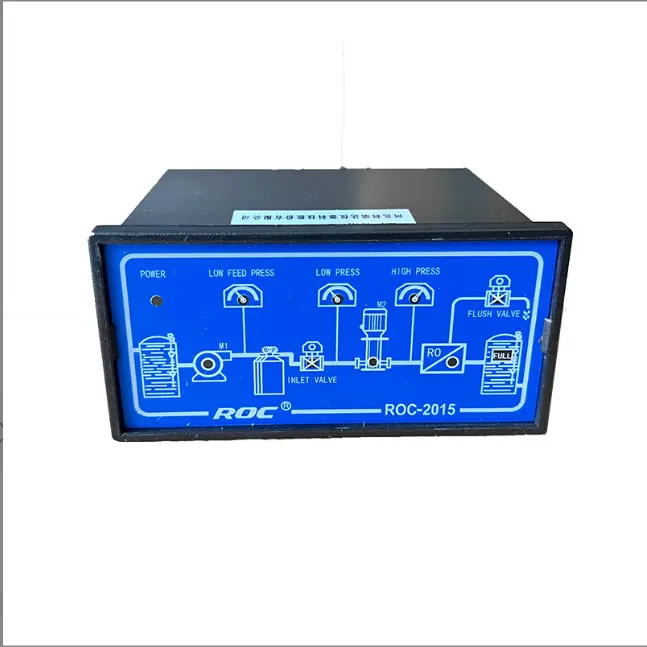
In conclusion, the conductivity of drinking water is an important factor to consider when assessing its quality. The conductivity of water can vary depending on the source, treatment processes, and presence of contaminants. Monitoring the conductivity of drinking water can help ensure that it falls within a safe range for consumption. By understanding the factors that influence conductivity and taking appropriate measures to address any issues, we can help ensure that the water we drink is safe and healthy.

